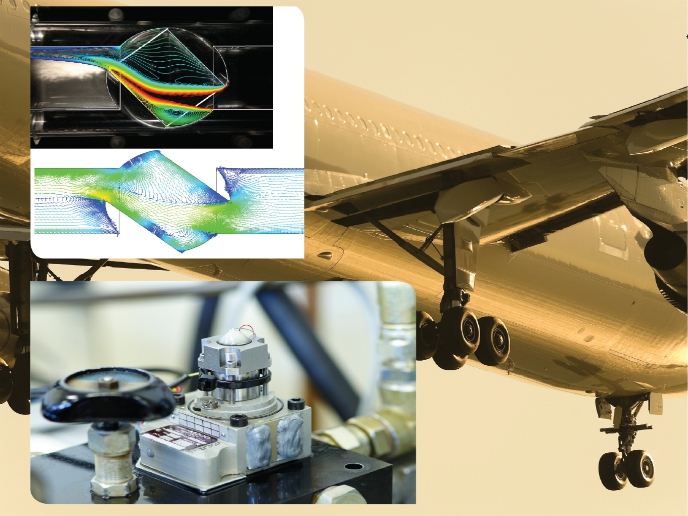Modelling adaptive wing structures
For all great technological advances in aircraft design over the last decades, the wings still remained mostly rigid. Researchers had mostly focused on optimising fixed wings in cruise conditions, when the aircraft is flying straight and level. Ideally, aircrafts need to change their shape or twist at different speeds particularly during take-off and landing. With EU funding of the project MAWS(opens in new window) (Modelling of adaptive wing structures), scientists developed a mathematical tool utilising reduced-order models of the wing structure with a focus on improving its aerodynamic performance. Based on this, scientists employed an inverse design methodology to determine the stiffness distribution over the wing and hence of the internal structure. In addition, the tool enabled scientists to determine the required size and position of adaptive structures and actuators. In particular, work was geared towards using panel methods for modelling the wing aerodynamic shape at different points in the flight envelope. The target was to achieve the desired aeroelastic deflection at a wing with minimum possible weight. To help with designing a variable geometry wing, scientists used the rotating spar, the moving spar and the moving spar cap concepts. These adaptive structures are able to change their bending stiffness as well as their torsional stiffness and the shear centre position of the wing section. The team concluded that even in low-speed flights, adaptive devices achieved the required aerodynamic shapes at all parts of the flight envelope. However, the smallest change in wing shape was required only when using both the adaptive structure and asymmetric wing concepts. MAWS modelling technologies for aeroelastic structures are helping to meet the challenging requirements of the Advisory Council for Aeronautics Research in Europe. In addition to making the aircraft more fuel efficient, adaptive devices also make them quieter. These devices can lead to more competitive aircraft designs, helping to strengthen the European aerospace industry.







